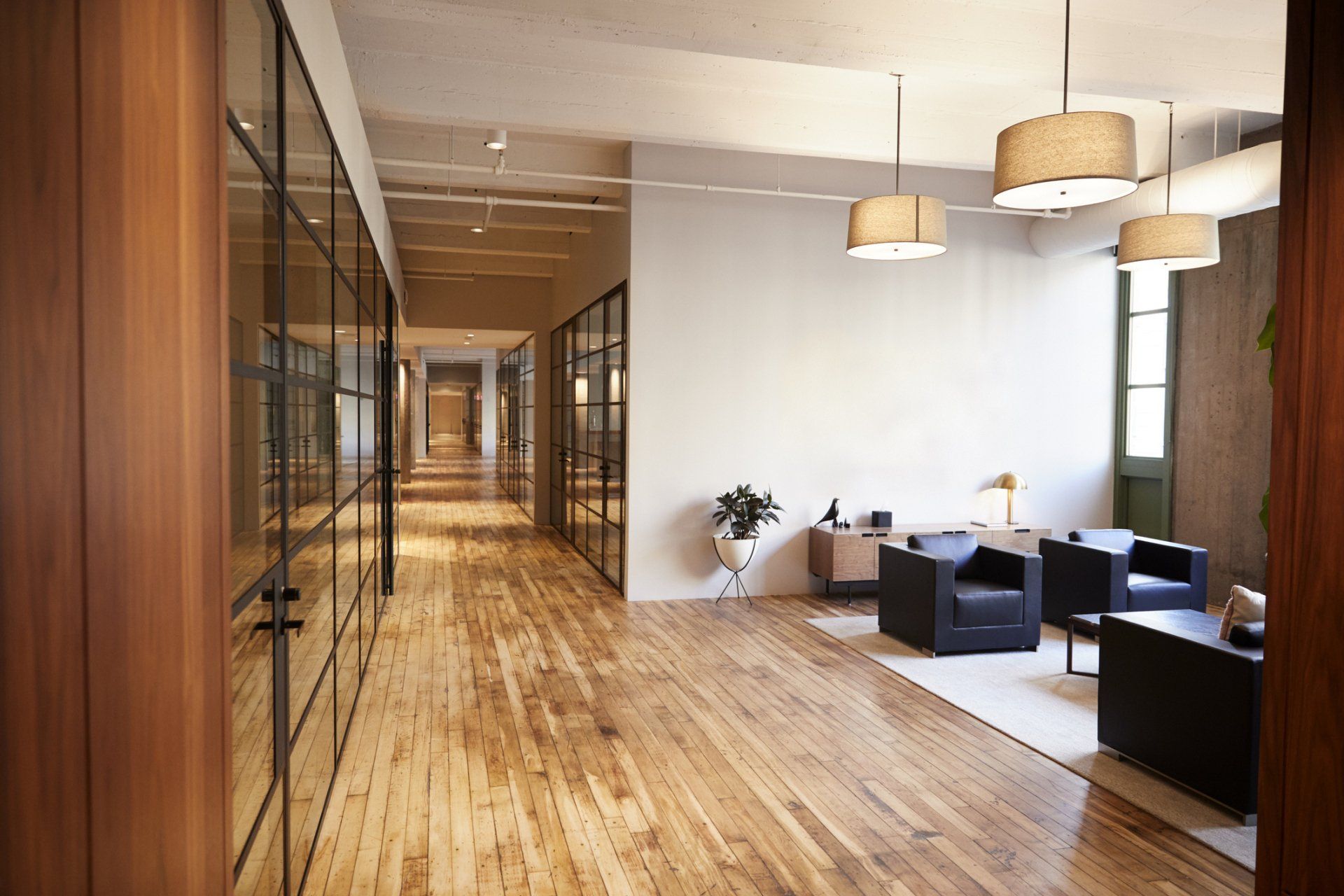This is a subtitle for your new post
When planning an update for your home interior, you’ll need to carefully consider its design style. Over the years, contemporary interior design has become popular among homeowners seeking a clean, sleek living space that still feels cozy and welcoming.
What Defines Contemporary Interior Design?
Contemporary interior design borrows minimalist elements of the mid-twentieth century’s modern styles, which is why the two are often confused, though they have distinct differences.
Contemporary interior design reflects what is happening in the design world right now. It often juxtaposes clean lines against organic silhouettes while using many materials and textures to personalize an interior space.
Key Elements of Contemporary Interior Design
A contemporary interior design has influences from different designs, making it fluid and ever-changing. However, several distinct characteristics differentiate it from modern and other styles.
Neutral Colors
Neutrals never go out of style, so it’s not surprising that contemporary interiors often feature such a palette. Instead of the vibrant shades of modern interiors, these colors lean more towards natural or earth tones, such as cloudy white, stone gray, and charcoal black. It is a nod to the style’s approach to environmentalism.
On the other hand, pops of color break up the monotony of a neutral palette, but they often take on a more natural or jeweled hue.
Open Spaces
Contemporary interiors feature open floor plans. Combined living areas allow designers to create a seamless transition between rooms. Walls can sometimes clutter the space, so designers leave structural elements uncovered and incorporate these into the design.
Lines & Curves
Clean, crisp lines are the main feature of contemporary style. However, it also doesn’t shy away from curved lines and shapes in furniture and architecture designs to appear more fluid and organic.
Mixed Materials
Modern interiors heavily use glass, concrete, and metal. But in contemporary styles, these materials are often combined with environment-friendly ones to soften the overall look. You’ll find eco-friendly materials, like bamboo and cork, and recycled glass and plastics as part of the décor.
Visual Texture
The use of natural textures in contemporary interior design is what makes it look more livable than the modern style. Wool, linen, cotton, and jute in furniture upholstery, pillows, area rugs, and window treatments add visual interest. If you want to maintain a clean look, steer clear of loud or intricate patterns.
Bold Lighting
Contemporary interiors often feature bold lighting installations, combining form and function. This is because the design style focuses on brightly illuminating the space to showcase the décor better.
Dramatic Pieces
Simplicity defines contemporary interiors, but it doesn’t equate to dismissing dramatic pieces altogether. Most contemporary interior designs feature artwork or a unique piece to add visual interest. Sometimes, large houseplants and blooms in sleek or geometric-shaped containers work as well.
Why Not Work with an Expert
Contemporary interior design may seem easy to pull off. However, in reality, it can be quite challenging as it is a balancing act. A seasoned designer understands best what elements to combine to achieve the style’s effortless sophistication and welcoming vibe. Schedule a consultation with Complete Dezign today to get started.




